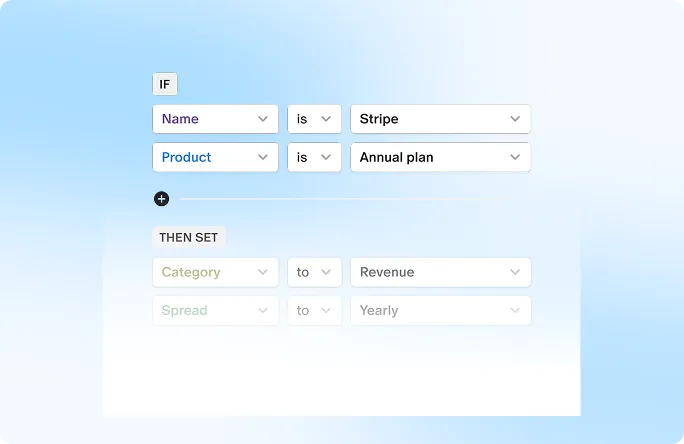The Backdrop
Employee Stock Options are the most popular instruments in attracting, retaining, and rewarding employees. More and more private companies are using it to match employee expectations thereby making the overall compensation attractive. Thus, on one side, it helps the private companies to conserve cash which they need for their sustenance and competing with larger companies but also create ownership with employees who will have an instrument to participate in company growth by buying its stock. However, the primary disadvantage of a private company's stock option is the lack of Liquidity.
The need for creating viable liquidity event has been off the table for many years as private companies traditionally consider IPO as the suitable stage for unlocking value for shareholders and employees alike. The situation is changing, and many companies are looking for alternate means to provide Liquidity as early as 2-3 years of the program.
Why should Companies provide Liquidity?
1. With companies finding it convenient to raise large rounds of Equity infusion through PE Funds, IPO s are getting delayed. So, on one hand, while Company's Capital needs are getting fulfilled, employees are left only looking at the transaction as a bystander, waiting for the IPO. It is also very common to see Angels or early round investors exit during subsequent rounds from PE Funds. Employees should not feel left out.
2. Maintenance of motivation - an articulation of motivation happens when implementing the plan and subsequent granting of options, whereas up-grading occurs on liquidity.
3. From the shareholder's perspective, it may be more advantageous to provide Liquidity to existing options than to further grant and dilute their equity.
4. The objective of ESOPs is to motivate employees to perform better and improve, creating value for the business perceived in money is the ultimate focus for the employee as they are all in it together with founders and investors.
5. Value creation is a continuous process; conversion of value into money for employees who have created it, is an essential stimulus. It is easy to pitch the benefits of ESOPs in terms of ownership and add a package component. Still, for its success, monetization of service recognition, is essential.
6. Creates differentiation, better positioning of the company, acceptability with employees, and precedent to be followed with new hires.
7. Employees will not have the same rights on their options/shares as the investors generally have, particularly concerning ROI protection, anti-dilution provision, and other safeguards to keep their holdings intact. In contrast, the employee stock option will eventually dilute significantly with a delay in the listing.
8. Many of the employees will not stay in the company till IPO to exercise their vested options; they will be required to exercise on leaving, which, if not made, will eventually lapse their options, defeating the purpose. If the value is created, the same should be allowed to be enjoyed and taken away.
How and when the Companies should allow Liquidity?
Instead of oneoff event, this should happen regularly over the period, periodicity of payment should happen at the comfort level of shareholders through External and Internal funding:
1. External Funding - is a most sought-after way of providing Liquidity; it happens either through purchase by an existing or a new investor before listing happens and eventually the Company IPO, which is considered the ideal liquidity event. External Liquidity is sought after as the valuation is transparent and fair; also, the Company books and its cashflows are not impacted.
2. Internal Funding - through its reserve, the company buys back the shares or pays off the employees who surrender their options. Buyback of shares is not in favor due to its tax treatment. Further, there is a limitation of issuing the same class of shares for a specific duration, which may hamper investments. The valuations are reduced, and payoffs partial and deferred to optimize cash outflow.
Visionary private companies are getting ahead to solve the liquidity challenges. There have been increasing trends in unlisted companies settling their ESOPs; by an estimate, over 5000 employees have benefitted since 2018. More than 15 companies during the last two years have provided Liquidity to their employees, including Flipkart, Oyo, Swiggy, Pharm easy, Ola, Un-academy, MPL, Zerodha, First Cry, Bharat pe, Urban academy, Mesho, Razorpay, and Moglix.
This trend will continue by the private companies to instill confidence, acknowledge the continued efforts, and compensate employees for their contributions.
The value monetized in the last two years is between $400-$500 mln. It reflects the change in mindset about creating Liquidity in the unlisted company ESOP program, which earlier was contemplated only at the time of IPO or change of control.


 ESOP Management
ESOP Management

 Liquidity Solutions
Liquidity Solutions

 ESOP Consulting
ESOP Consulting

 Fund Management
Fund Management













































